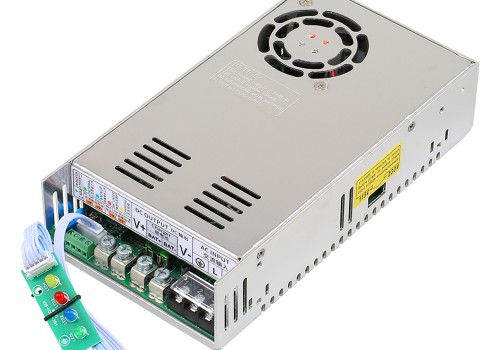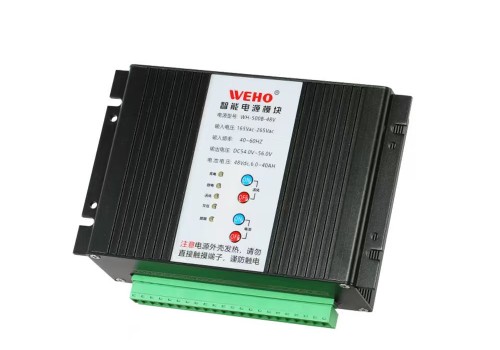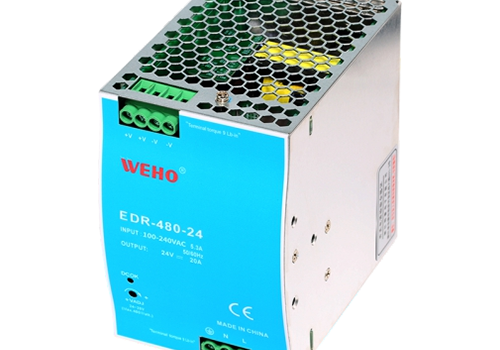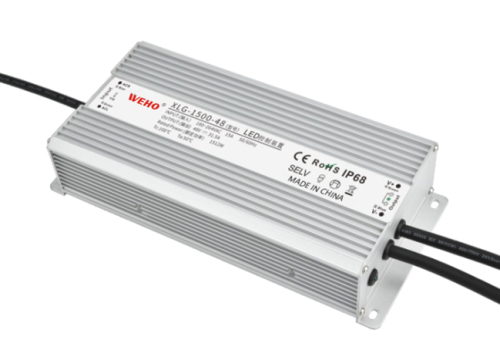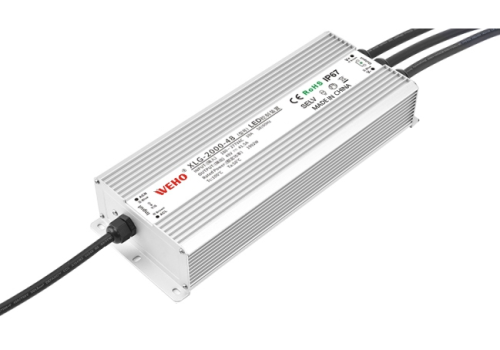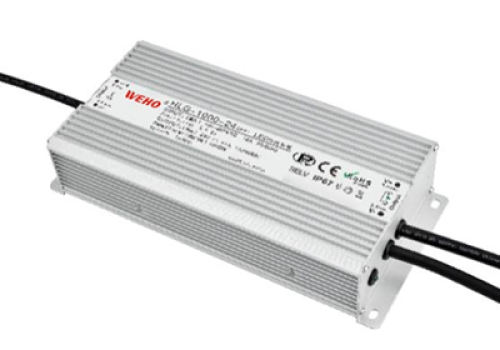Introduction
Non-isolated power modules are essential components in many power conversion systems, particularly where simplicity, efficiency, and cost-effectiveness are paramount. These modules provide an efficient way of converting electrical energy in applications ranging from consumer electronics to industrial control systems. In this blog, we will explore what a non-isolated power module is, why it’s used, and the numerous benefits it brings to various applications.
What Is a Non-Isolated Power Module?
A non-isolated power module is a power converter that transfers energy from one circuit to another without electrical isolation between the input and output. In other words, the input and output share a common ground. Unlike isolated power modules, which use transformers to separate the input and output, non-isolated modules are designed for simpler, more direct energy conversion. These modules can be used in both DC-DC and AC-DC applications, providing a cost-effective solution for many systems.
Why Use a Non-Isolated Power Module?
Cost-Effectiveness and Compact Design
Non-isolated power modules are typically more affordable and smaller in size than their isolated counterparts. Since they do not require the complex components used for isolation (such as transformers), they are less expensive to manufacture and more compact. This makes them an attractive choice for applications where space and cost are key considerations, such as in consumer electronics and low-power devices.
Suitable for Low-Power Applications
Non-isolated power modules are particularly suitable for low-power applications where isolation is not necessary. These modules offer a simple and efficient solution for powering devices like sensors, LED lights, or small industrial machinery, where the focus is on minimizing costs and complexity rather than providing high-voltage isolation.
Simple Power Conversion Process
The design of non-isolated power modules is inherently simpler than isolated power modules. By directly connecting the input and output, these modules use fewer components, resulting in a more straightforward power conversion process. This simplicity translates to reduced maintenance, fewer potential points of failure, and more straightforward integration into various systems.
Versatility and Broad Application Range
Non-isolated power modules are versatile and can be used in a wide range of applications. From powering industrial control systems to consumer electronics, these modules are compatible with many different devices and environments. Their adaptability makes them suitable for diverse industries like automotive, medical devices, and renewable energy.
Reduced Size and Weight
Because non-isolated power modules do not require isolation components like transformers, they are typically much smaller and lighter than isolated power supplies. This reduced size and weight make them ideal for applications where space is limited, such as in portable devices, vehicles, and compact machinery.
Benefits of Non-Isolated Power Modules
High Efficiency in Power Conversion
Non-isolated power modules are designed for high efficiency in converting power. The lack of isolation means that there is less energy loss in the conversion process, which results in higher efficiency and better performance. This makes non-isolated modules an ideal choice for low-power applications where energy conservation is critical.
Improved Performance and Reliability
Because of their simpler design, non-isolated power modules tend to have fewer points of failure compared to isolated modules. This enhances their overall performance and reliability, making them suitable for systems where downtime or failure is costly or unacceptable.
Faster Response Time
Non-isolated modules often feature faster response times, making them ideal for applications where quick power adjustments are needed. This responsiveness is crucial in systems like industrial controls or automotive power systems, where timely changes to power levels are essential for proper operation.
Lower Heat Dissipation
Due to their high efficiency, non-isolated power modules generally produce less heat compared to isolated modules. This results in lower heat dissipation and less need for complex cooling systems, which helps reduce the overall size and cost of the power supply system.
Applications of Non-Isolated Power Modules
Consumer Electronics
Non-isolated power modules are commonly used in consumer electronics such as mobile phones, laptops, and LED lighting. Their cost-effectiveness and small size make them ideal for powering these devices efficiently while keeping costs down.
Industrial Control Systems
In industrial settings, non-isolated power modules are used to provide power for control systems, sensors, and other equipment. Their simplicity and reliability are important in these environments where uptime and efficiency are crucial.
Automotive Power Systems
In automotive applications, non-isolated power modules are used in systems like electric vehicles (EVs) and hybrid cars. They provide efficient power conversion for smaller components, such as sensors, lights, and auxiliary systems, helping to reduce the weight and complexity of the vehicle’s electrical system.
Renewable Energy Applications
Non-isolated power modules are used in renewable energy systems like solar and wind power. They help convert the energy generated into usable DC power for storage or direct use. Their compact and efficient nature makes them ideal for use in these systems.
Medical Devices
Non-isolated power modules are increasingly used in medical devices, where reliability and efficiency are critical. These power modules help power devices like patient monitoring equipment and portable medical tools, offering an efficient and cost-effective solution.
Conclusion
Non-isolated power modules are an integral part of modern power conversion systems. Their cost-effectiveness, simplicity, high efficiency, and versatility make them ideal for a wide range of applications, from consumer electronics to industrial control systems. Whether you’re developing a new product or optimizing an existing system, non-isolated power modules can provide the solution you need for efficient, reliable power conversion. For more information on high-quality power modules, visit Weho and explore our wide selection of non-isolated power modules tailored to your needs.
FAQ
What is a non-isolated power supply?
A non-isolated power supply is a power conversion system where the input and output share a common ground. It provides a direct connection between the power source and the load without electrical isolation.
What is the difference between isolated and non-isolated converters?
Isolated converters use transformers to separate the input and output circuits, providing electrical isolation, while non-isolated converters do not use isolation components, offering a simpler and more compact design.
What does “non-isolated” mean?
“Non-isolated” refers to a type of power converter where the input and output share a common ground, meaning there is no electrical separation between them.
Are all AC/DC power supplies isolated?
No, not all AC/DC power supplies are isolated. Some use non-isolated designs, which are simpler and more cost-effective for low-power applications.
What are the advantages of using non-isolated power modules over isolated modules?
Non-isolated power modules are more compact, cost-effective, and efficient, making them ideal for applications that don’t require electrical isolation between input and output.
In what situations should I use a non-isolated power module?
Non-isolated power modules are ideal for low-power applications where isolation is not required, such as in consumer electronics, industrial systems, and automotive power systems.
How do non-isolated power modules improve efficiency in low-power devices?
By minimizing energy loss during power conversion, non-isolated power modules offer high efficiency, which is critical for extending battery life and reducing energy consumption in low-power devices.


